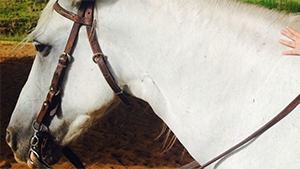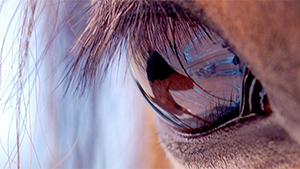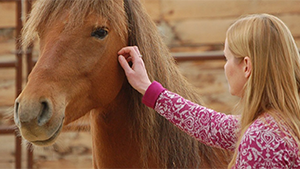Before being ridden, horses were first used as draft animals. The Assyrians and Persians employed them in their hunts, harnessed to chariots similar to the Roman ones. The Greeks and Romans were excellent horsemen, and chariot races—already known before Christ—became a popular, exciting, and dangerous sport.
Chariot racing later became a tool of war. Eventually, men began to ride horses directly, at first without stirrups—making it difficult to maintain balance on horseback. The discovery of the stirrup was an enormous breakthrough for its time, becoming a decisive factor in victories.
Duels between two mounted knights were called jousts. Over time, they evolved into more friendly contests, where points were awarded to whoever unseated their opponent, broke their lance, or knocked it from the adversary’s hand. To wound the opponent’s horse, however, was considered an unforgivable foul.
It is uncertain who first introduced horses into sport, but in China during the 6th and 7th centuries BC, emperors already played a game similar to polo. By the 8th century BC, the Greeks were holding Olympic Games that featured chariot races.
From Greek Mythology:
- Poseidon, the God of the Sea, created the first horse, and the chariot of the Sun God was drawn by a pair of golden steeds.
- Plato owned warhorses, and the swift horses of Hercules were said to have human feet and voices. When Achilles reproached his horse, it promptly foretold his death.
- Epona, goddess of horses, was the divine protector of horses, worshiped among the Celts and later adopted by the cavalry units of the Roman army.
- Moses, one of the first to forbid the consumption of horse meat, owned a herd of 50,000 horses.
King Solomon even built true “stable-cities.”
Cavalry developed as part of the feudal system during the Middle Ages. At first, anyone could become a knight, and it did not carry special distinction. Between the years 1100 and 1300, however, knights became major landowners. As armor and horses grew increasingly expensive, only the wealthy could afford to equip themselves for battle as knights. Becoming a knight turned into an honor and distinction, elevating them into a class apart from the rest of society.
When the Mongols began their conquest of Europe in 1237, they first sent out reconnaissance missions and established a 900 km route. Along these paths, they solved problems of scouting and strategy, mapping details such as water sources, pastures, mountain and river crossings, as well as the locations of forts, towns, and cities to be conquered in order to supply a massive army of 120,000 horsemen. This army advanced at 50 km per day, with intercommunication between troops ensured by swift messengers. Each rider carried provisions for 10 days and brought three horses for rotation.
To be continued in the next edition
Article by Deolir Dall’Onder for Revista Acontece Sul, Year XIV, No. 145.









